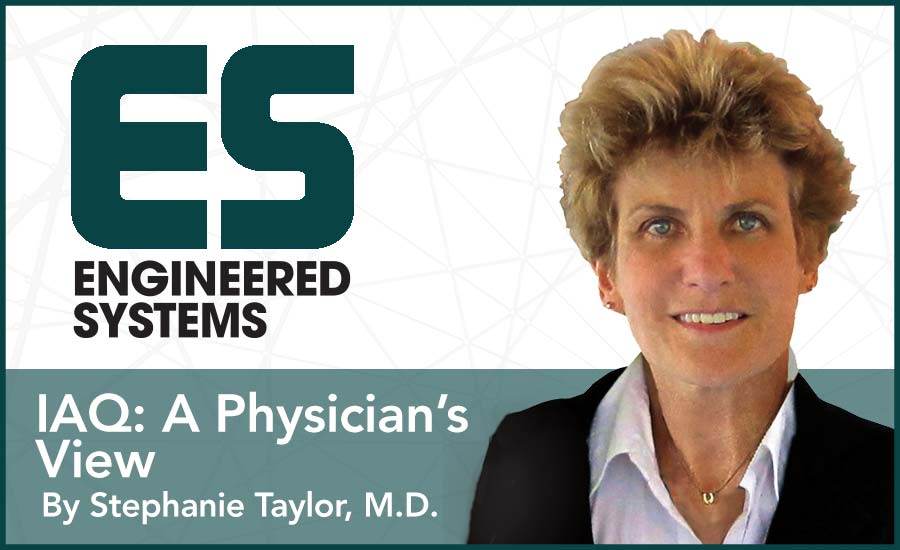Luckily for us, the design of the human body includes specialized defense mechanisms around vulnerable tissues — tissues where an infection, injury, or malfunction would be devastating to the whole organism (us). For example, the structure of our skeleton adapts over time to mechanical forces by additional mineralization along lines of compression or bending moment stress, thereby preventing serious fractures. Our nervous system has automated the regulation of essential bodily functions such as our heart rate and digestion, so that we don’t have to consciously think about them, while leaving other activities such as muscle movement up to our conscious brain so we can decide where to walk. These are only two of numerous examples of elegant safety strategies that protect our anatomy and ensure proper physiological functioning.
What can we learn from our own human anatomy to help us design and maintain hospitals to decrease unintentional harm to patients? Specifically, how can we decrease the number of infections that a patient acquires while in the hospital?
Looking at the big picture, a hospitalized patient needs a highly-protected space to heal from the illness or injury that prompted their admission. This means that the patient room needs to be at the top of the hierarchy of safe spaces which are free from potentially infectious pathogens introduced by clinical caregivers, visitors, and building staff.
The human respiratory system models a way to monitor the patient room!
The function of our lungs is to allow oxygen gas to move into our blood and the waste product carbon dioxide out of our blood so we can generate energy to support our lives. This gas exchange occurs in tightly monitored and protected spaces: the alveoli, where the membranes are extremely thin and vulnerable to infection and damage by foreign particles.
How does the design of the lung protect the fragile alveoli from infectious organisms and harmful particles? As unfiltered air moves from our mouth to the alveoli where the most vital air/blood gas exchange occurs, it passes through a network of tubes (the bronchi), which become progressively smaller and more carefully monitored for foreign particles which could damage the alveolar membranes. Specialized guard cells that recognize infectious microorganisms capture the particles and record the identity of these “intruders” — all before the alveoli is injured or infection sets in. In this way, the small passages leading up to the most important and fragile space have both physical and functional barriers to actively identify, clear, and record damaging environmental agents. This lung defense uses several strategies so that if one protective approach fails, another will still be in place. Given the importance of the alveoli, good communication between the internal and external zones is essential to create these effective responses.
How can we replicate this physiologic model of a protected inner zone with ongoing monitoring and signaling of errors before patient injury occurs?
Hospitals are incredibly busy places as staff members with different jobs move through the building, each fully engaged in their individual tasks. Occasionally, the protection of the patient may slip from the forefront of a staff member’s mind, either because of time pressures and a multitude of responsibilities or lack of understanding of the importance of infection control policies and procedures. The end result, however, is that even a single one of the following breaches in protocol while entering a patient room could cause a patient to acquire a life threatening infection.
• A caregiver enters the room with unclean hands
• A visitor with a contagious illness forgets to put on a mask or gown
• Maintenance staff activities release harmful particles into the patient space
• A poorly cleaned portable X-ray machine is used in the room
• Indoor air pressurization or the HVAC system malfunctions
How can we automate infection control policies and procedures to increase patient protection? If we emulate the defense mechanism of the human body, we would create an ongoing monitoring system that would identify and track caregivers, building staff, and visitors, reminding them to perform proper infection control steps necessary to fully protect the patient. With this type of system in place, lapses in proper protocols could be identified and corrected before the error caused serious patient harm. ES



